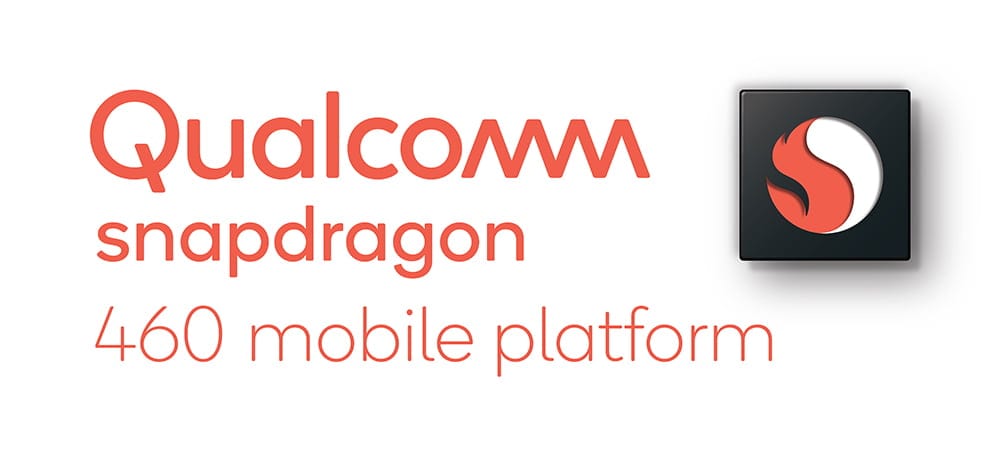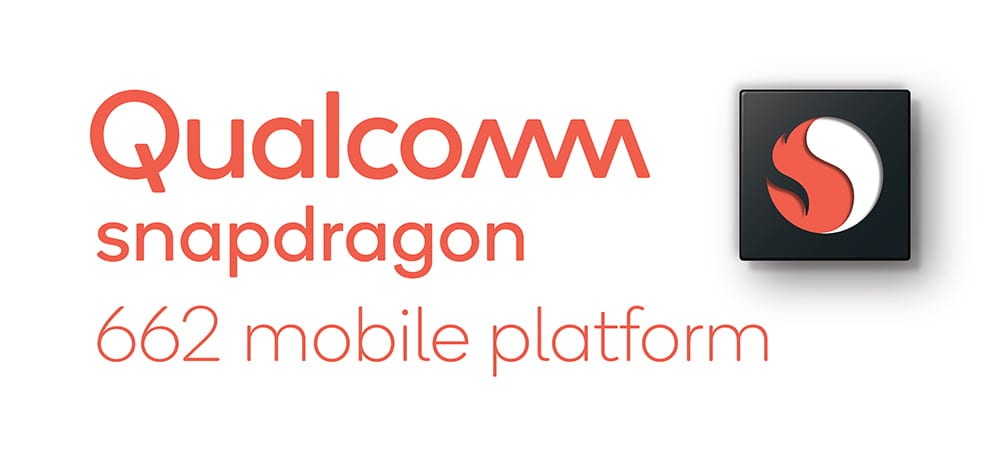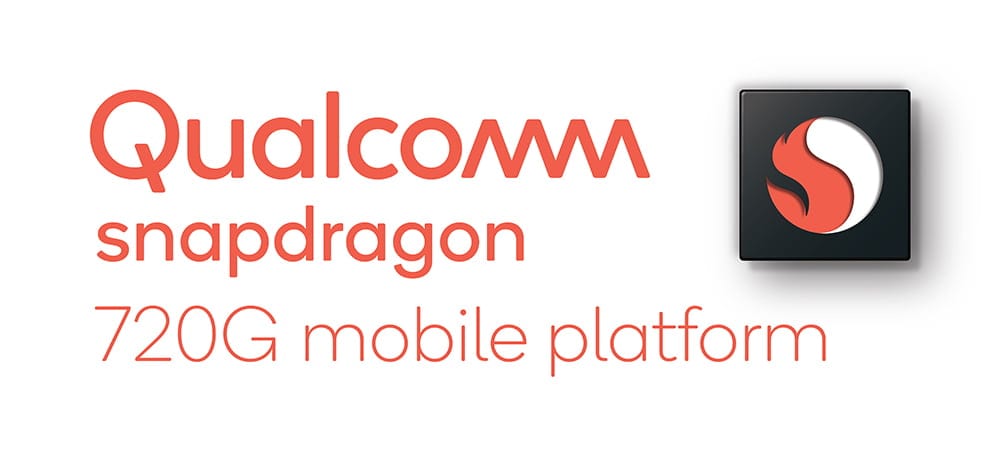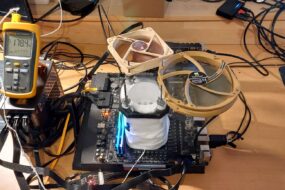
Qualcomm itself notes the readiness of the new Snapdragon 720G, 662, and 460 chips to provide support for Wi-Fi 6, Bluetooth 5.1, dual-frequency GNSS module for more accurate positioning, and the higher energy efficiency and improved artificial intelligence functions. However, no SoC will support the new 5G communication standard. Qualcomm believes that 4G is sufficient for budget and mid-segment solutions.
Snapdragon 460

First of all, the new Snapdragon 460 brings the new Kryo 240 cores to the 400th series. Prior to that, all SoCs in Qualcomm’s budget lines were based on the outdated ARM Cortex A53 cores. According to Qualcomm itself, the new processor cores will boast a 70% performance improvement over the old ones used in the Snapdragon 450.
The Snapdragon 460 processor itself will contain 8 Kryo 240 cores with a frequency of up to 2300MHz and an Adreno 610 graphics accelerator. According to the specifications, the chip supports up to 8GB LPDDR4 RAM and a frequency of up to 1866MHz. In addition, Qualcomm endowed the new chip with support for one camera with a resolution of up to 25 megapixels or two cameras at 16MP.
Snapdragon 662

The new chip in the 600th line will have at its disposal 4 powerful, and 4 energy-efficient Kryo 260 cores with a maximum frequency of 2000 MHz, graphics of the Adreno 610 level, and support for 8GB of LPDDR4 RAM with a frequency of up to 1866 MHz. Also, the chip will boast support for one camera module with a resolution of up to 48 megapixels.
Snapdragon 720G

The novelty of the “seven hundred” series came out really interesting, judge for yourself: Snapdragon 720G received 2 very fast Cortex-A76 cores with a frequency of 2300 MHz and as many as 6 energy-efficient Cortex-A55 with a frequency of 1800 MHz.
As a graphics accelerator – a relatively productive solution Adreno 618. Qualcomm endowed the Snapdragon 720G with extremely extensive video and photo capabilities: the chip will boast support for 192-megapixel sensors and 4K video recording.
Shipments of new processors should begin before the end of 2020, which means that, in theory, devices based on them should appear by early to mid 2021.
Source: XDA




